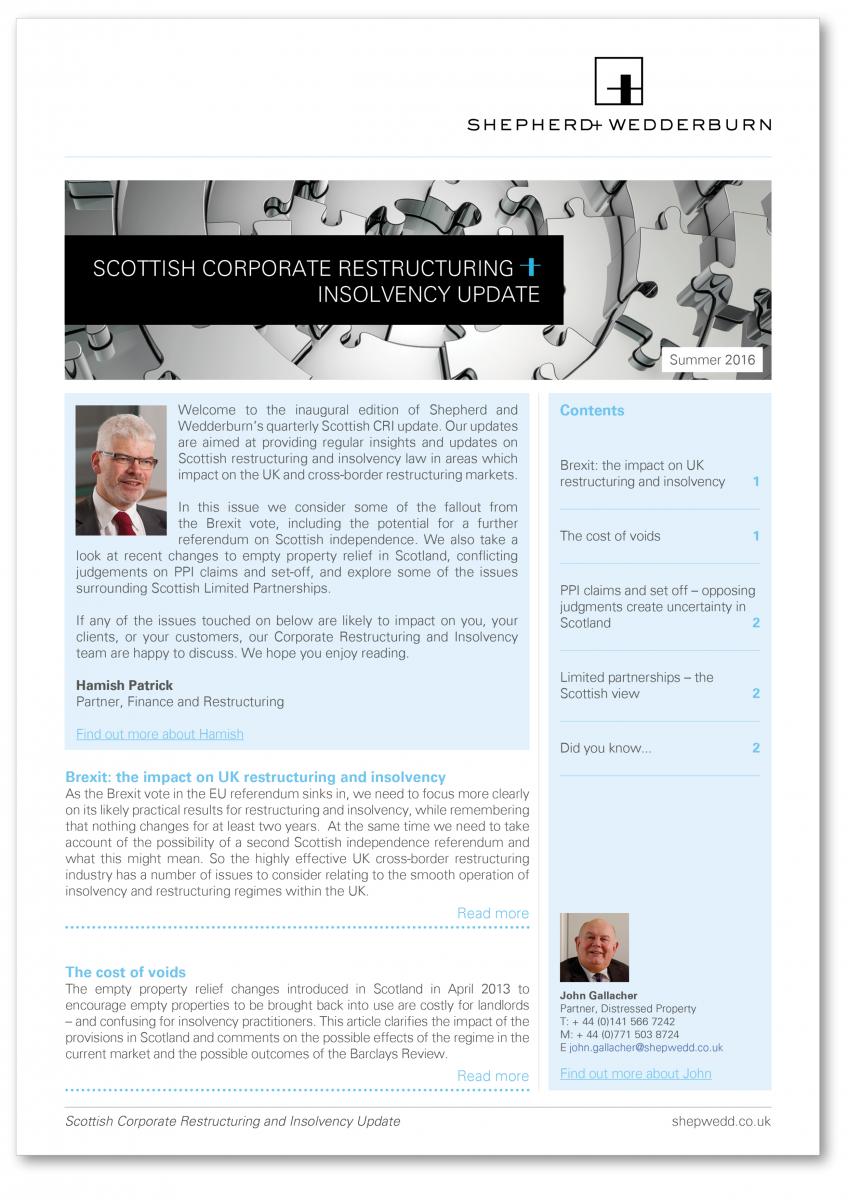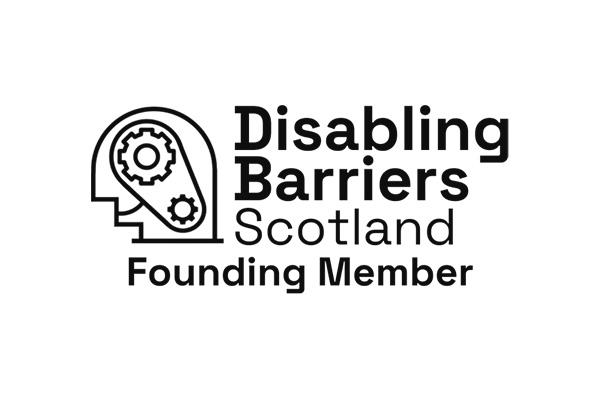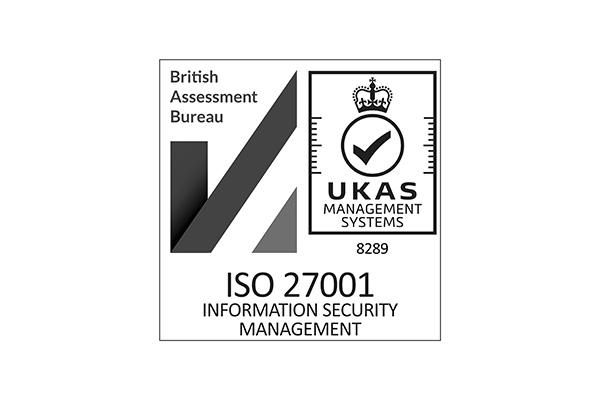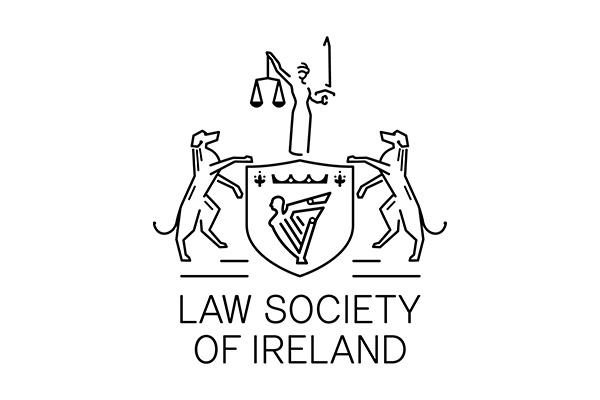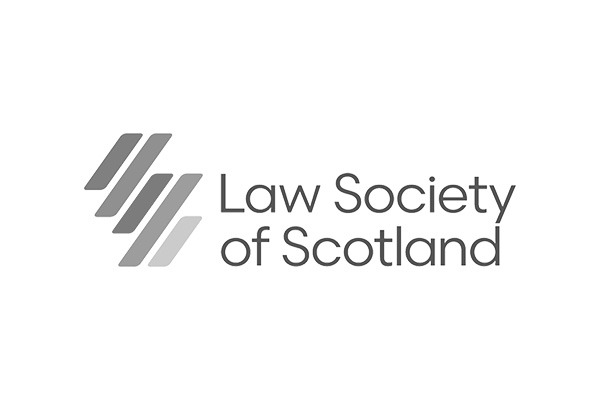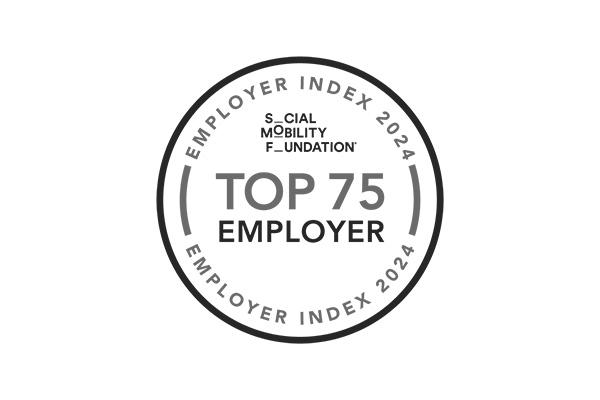Contributors: Gillian Carty
Date published: 19 July 2016
The separate personality of the Scottish Limited Partnership and the impact for insolvency/restructuring assignments
What is a Scottish LP?
In common with LPs registered in the rest of the UK, a Scottish LP is a partnership formed in accordance with the Limited Partnerships Act 1907. A Scottish LP:
- Must have at least one general partner, responsible for the management of the Scottish LP and liable for the debts and other obligations of the Scottish LP;
- Will have one or more limited partners, who take no role in the management or decision making of the Scottish LP and whose liability is limited to the value of their capital contribution;
- Will be registered at Companies House and the partnership agreement governing the relationship between the partnership and its partners will be governed by Scots law;
- Will have its principal place of business and its domicile in Scotland although it may carry on activities in other jurisdictions and
- Will be subject to the jurisdiction of the Scottish courts which can determine disputes in relation to the activities and/or assets of the Scottish LP in addition to any other court having jurisdiction by virtue of, for example, contractual provisions.
What are the advantages of a Scottish LP?
Unlike limited partnerships registered in the rest of the UK, the Scottish LP is a separate legal entity with a legal personality of its own, distinct from that of its partners. A Scottish LP can therefore sue and be sued as a separate legal entity.
Despite its separate legal personality, a Scottish LP is transparent for tax purposes, which means that the tax authorities look through the Scottish LP and only tax the profits arising from the Scottish LP’s activities in the hands of its partners. The vehicle itself, unlike a company, is not subject to its own taxation regime.
The separate legal personality enables a Scottish LP to own assets in its own name; borrow money and grant security over those assets. A Scottish LP cannot grant a floating charge and fixed security is therefore often taken over any heritable property owned by the Scottish LP.
The Scottish LP and insolvency
Unlike a limited partnership registered in the rest of the UK, the Scottish LP is not subject to the corporate insolvency regimes of the Insolvency Act 1986 but to the Scottish bankruptcy procedure (also known as sequestration) set out in the Bankruptcy (Scotland) Act 1985.
A limited partnership can apply for its own sequestration but only with the support of a qualifying creditor. “Voluntary insolvency” of a limited partnership is therefore dependant upon creditor support although the requirements to be met by a qualified creditor are minimal (creditor for a liquid or illiquid debt of at least £3,000 but not a creditor in relation to a contingent or future debt).
A limited partnership can also be sequestrated by the Court on the petition of a qualified creditor. To that extent the process for formal insolvency is akin to a court liquidation in England and Wales but the following differences require to be borne in mind:
- It is possible to petition for the sequestration of the limited partnership without also petitioning for the sequestration of the members of the limited partnership.
- The test of insolvency which must be satisfied in order to enable a creditor to present a petitionfor the sequestration of a limited partnership is one of “apparent insolvency” which is establishedin accordance with the provision of the 1985 Act.
- In common with a limited company, apparent insolvency can be established by way of an expiredstatutory demand but unlike a limited company “apparent insolvency” cannot be establishedusing the cash flow or balance sheet tests laid down in the Insolvency Act 1986.
- Rather, a formal demand must be made by way of a Charge for Payment, and 14 days mustelapse without payment being made. To be able to serve a Charge for Payment the creditor musthold a judgement/decree or an equivalent document for an enforceable debt.
Often in restructuring assignments where a formal insolvency process is used by one or more of the entities involved, it is important to have certainty as to the timing of placing the entity into a formal process. That can be problematic when dealing with a Scottish LP. Careful planning is required in order to constitute the apparent insolvency of the Scottish LP to enable a petition to be presented to Court. The timing of the hearing of the sequestration petition will be determined by the Court and the gap between presentation of the petition and making of the bankruptcy order can often be several weeks.
The introduction of the business debt arrangement scheme in December 2014, created an additional level of complexity. The Scottish Government over recent years has promoted debt arrangement schemes (“DAS”) as a statutory alternative to formal insolvency. The intention behind the legislation has been to give individuals (and since December 2014 partnerships, including limited partnerships) more time to pay their debts without the threat of litigation or insolvency proceedings by their creditors. The way in which that has been achieved is that the legislation prevents a creditor from presenting a petition for sequestration where a debt payment programme has been approved and, where the Court is made aware that a DAS has been applied for but not determined, the petition can be adjourned to enable the DAS application to be decided. It is therefore not uncommon for debtors who wish to avoid formal insolvency to present DAS applications to act as a blocker on insolvency enforcement action by creditors.
While formal insolvency may therefore be the preferred option, it can often be the case that fixed security enforcement (by way of a process known as “calling up” in Scotland) is the more practical option in order to give certainty as to timing and to avoid the Court refusing to award bankruptcy as a result of a pending DAS application.
Download a copy of our Corporate Restructuring and Insolvency Update
Contributors:
Gillian Carty
Partner and Chair
To find out more contact us here
Expertise: Banking and Finance



